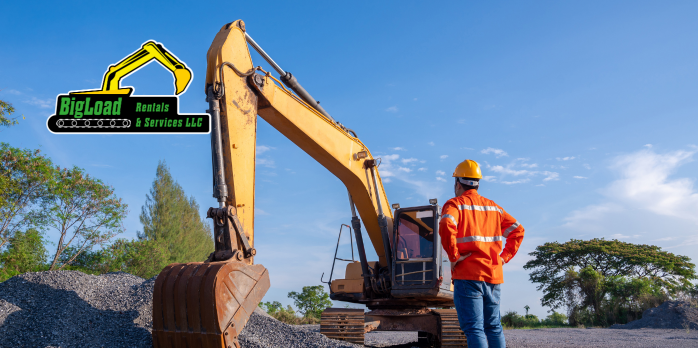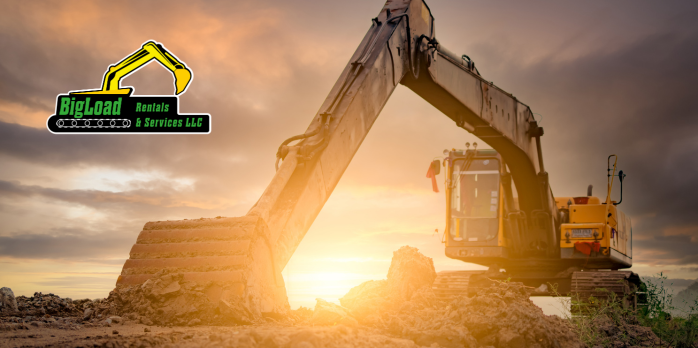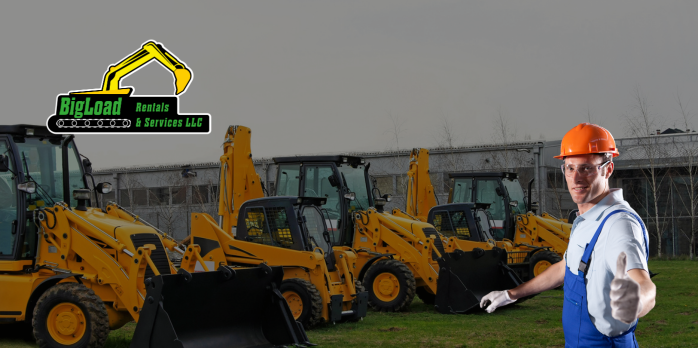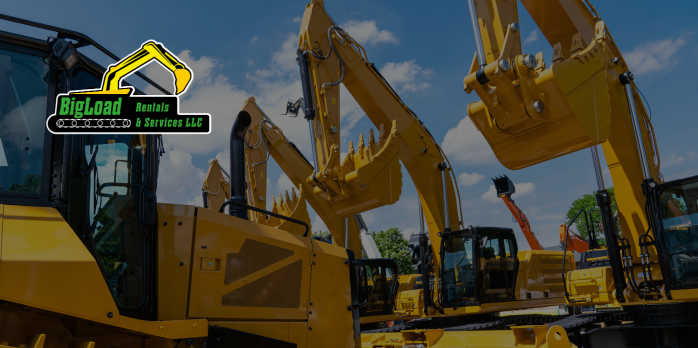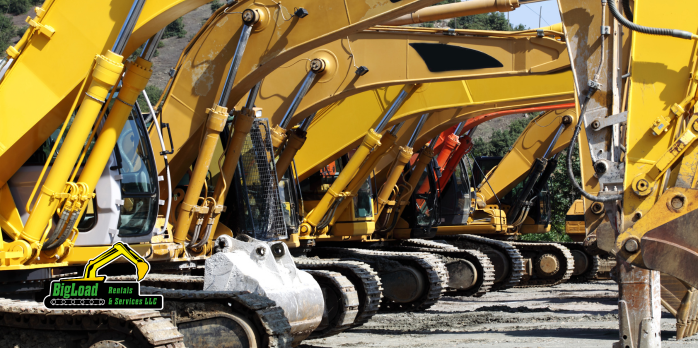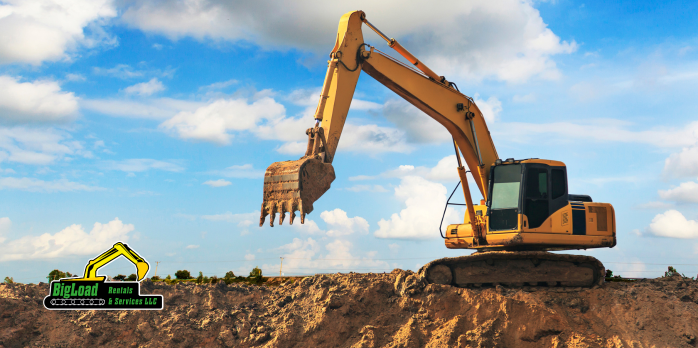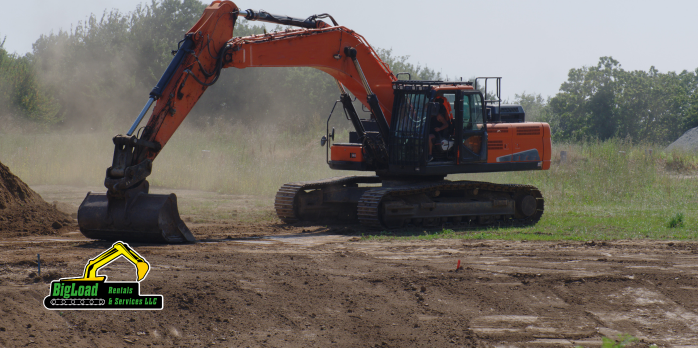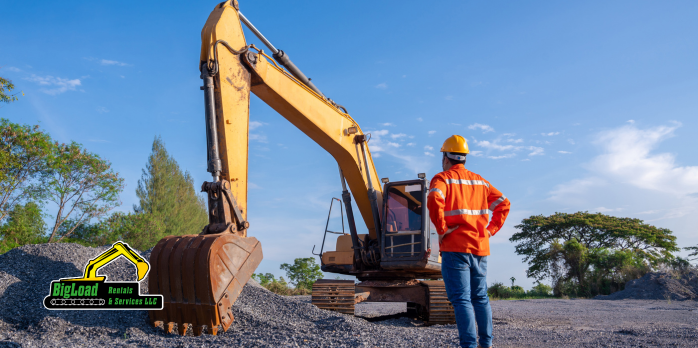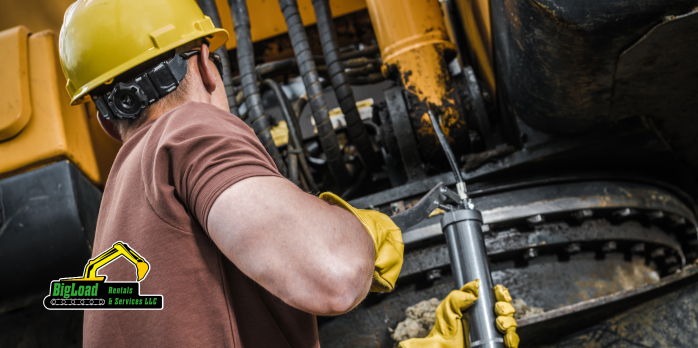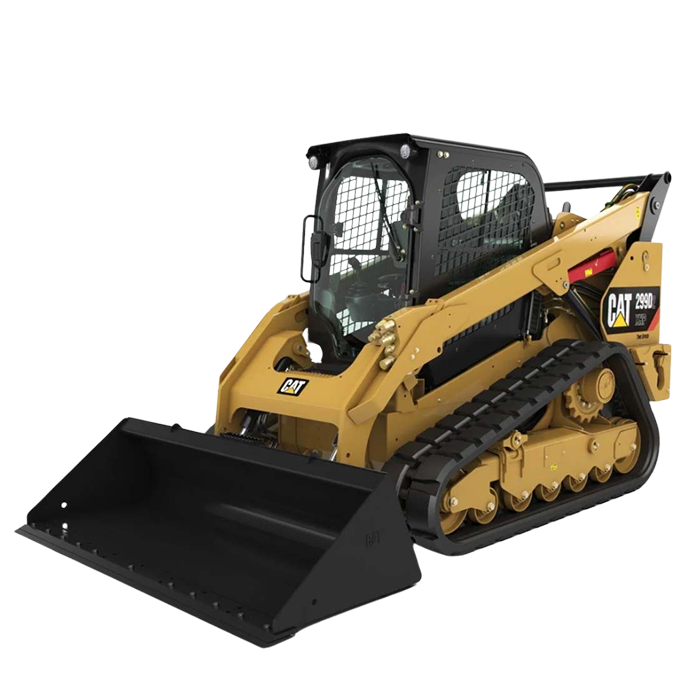Unlocking Material Handling Efficiency
Maximizing Safety and Efficiency in Construction Material Lifting
Are you ready to revolutionize your construction site's material handling process with a Material Superlift? Before you hit the ground lifting, it's crucial to understand the ins and outs of weight and load considerations. Let's delve into key factors that can optimize your material lifting operations:
Weight Capacity:
The weight capacity of a Material Superlift serves as its fundamental limitation. Before hoisting any load, meticulously assess whether it falls within the lift's specified weight limit. This can prevent overloading, which not only jeopardizes safety but also risks damaging the equipment. Consider providing users with a reference chart detailing common materials and their respective weights to facilitate accurate load calculations.
Dimensions and Size:
While weight is a primary consideration, the dimensions and size of the load also play a pivotal role in determining lift suitability. Irregularly shaped or excessively large objects may exceed the lift's spatial constraints, compromising stability during elevation. Encourage users to evaluate both weight and size factors to ensure compatibility with the Material Superlift. Emphasize the importance of evenly distributing the load to maintain balance and prevent tilting or tipping.
Suitable Lifting Objects:
Not all objects are created equal when it comes to lifting suitability. Construction materials, heavy equipment, furniture, and bulky items are generally well-suited for Material Superlift operations. However, caution users against attempting to lift objects that are excessively large, unstable, or pose inherent safety risks. Provide clear guidelines on identifying appropriate lifting candidates to minimize accidents and equipment damage.
Securing Equipment and Safety Measures:
Safety should always remain the top priority in material lifting operations. Properly securing the load to the Material Superlift is paramount to prevent shifting or dislodging during elevation. Recommend the use of high-quality straps, chains, or other securing devices to firmly fasten the load in place. Additionally, stress the importance of adhering to manufacturer safety guidelines, including regular equipment inspections and maintenance routines, to mitigate the risk of accidents or equipment failure.
Pre-Lifting Inspection:
Before initiating any lifting operation, conduct a comprehensive pre-lift inspection of both the Material Superlift and the load. Check for structural integrity, ensuring that all components are free from damage or defects that could compromise safety. Evaluate the condition of securing mechanisms such as straps or chains, verifying their suitability for the intended load. Additionally, assess the stability of the load to prevent unexpected shifts or instability during lifting.
By prioritizing these weight and load considerations, you can streamline material handling processes, enhance workplace safety, and maximize operational efficiency. Remember, a well-prepared approach to material lifting sets the stage for success on the construction site.
Contact BigLoad Rentals & Services, LLC at (832) 366-4862 for expert guidance and top-tier equipment solutions. Let us partner with you to optimize your material lifting operations, ensuring safety, efficiency, and productivity every step of the way!
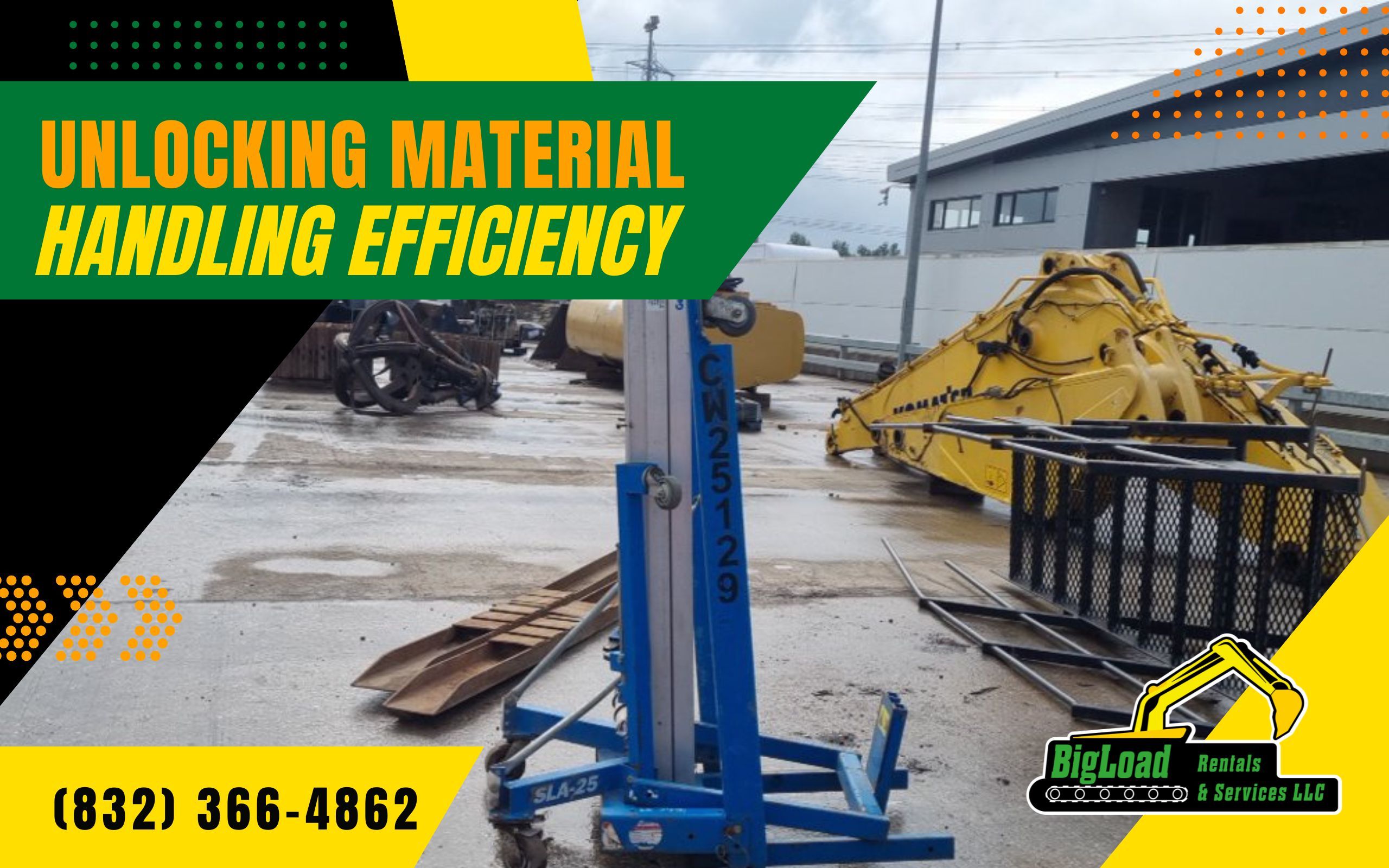
Comprehensive Equipment Rental Services, Earthmoving Equipment Rental, Professional Excavation Services, Material Lifting Solutions, Precision Road Grading Rentals, Construction Equipment Hire, Specialized Earthmoving Services, Advanced Excavation Equipment, Durable Material Handling Machinery, Custom Land Grading Solutions, Heavy Machinery Rental Services, Industrial Equipment Leasing, Top-Quality Construction Tools Rental, Efficient Project Equipment Solutions, Comprehensive Material Handling Services
